- Write by:
-
Friday, July 17, 2020 - 2:41:10 PM
-
677 Visit
-
Print

Mining News Pro - An uneven global recovery from the coronavirus pandemic and concern over the prospects for second waves of infections are weighing on the outlook across commodities markets, according to Rio Tinto Group.
While demand is strong in China, the top raw materials consumer, the US copper market remains weak, the aluminum sector is being challenged by sluggish auto sales and there’s likely to be a muted rebound in Europe and Japan even as they ease virus curbs, the world’s No. 2 miner said Friday.
“If I look at the Chinese situation, the recovery is well underway,” and the country is experiencing a V-shaped rebound, supporting iron ore and bauxite, Rio’s CEO Jean-Sebastien Jacques said in a phone interview.
“I’m not quite sure on what letter of the alphabet I should pick for the other countries,” he said. “We are starting to see some signs of recovery in construction and automotive in the US and in Europe, but it is slow.”
A second wave of infections remains a key threat for advanced economies, according to Rio, which this month announced the closure of a loss-making aluminum smelter in New Zealand and said Friday the future of another operation in Iceland remains under review.
“The uncertainty in the marketplace is because there is no doubt -- it’s not a question of if, it’s a question of when -- we will have a second wave of Covid-19,” Jacques said, speaking from Cape York in northern Queensland, where he was making his first visit to an operation in four months as travel curbs ease in some parts of Australia.
Commodities suppliers could seek to boost raw material shipments to China, with the demand recovery slower elsewhere and the nation already lifting imports of iron ore and copper concentrate, Bloomberg Intelligence analyst Yi Zhu said in a Friday note.
Rio warned that the global copper supply crunch could worsen, with disruptions related to Covid-19 that have impacted about 3% to 4% of annual supply so far potentially increasing further. The company reported its own production of the metal fell 3% in the second-quarter.
Prices have surged as key global sites curtailed activities or operated at reduced rates as virus cases accelerated among their workforces, though there are now signs that Chile -- the top producing nation -- is slowing the rate of new infections. Quarterly output at Escondida, the world’s biggest mine, increased 2% from a year ago, even with reduced staffing levels, Rio said.
Iron ore demand remains strong in China, and Rio said it is adding new customers through port-side sales. The company is also progressing the Simandou mine project in Guinea, and China-based design institutes are updating designs for a trans-Guinean rail line and assessing shipping methods.
The producer said it has implemented new controls following the destruction of ancient Aboriginal heritage sites in May to make way for an iron ore mine expansion. It’s an issue that prompted concern among investors, and could impact future mine approvals in Australia, Goldman Sachs Group said this month.
“We will learn from it in order to make sure it doesn’t happen again,” Jacques said in the interview. “Today, there are still a lot of questions, and we don’t have all the answers.”
Short Link:
https://www.miningnews.ir/En/News/568309
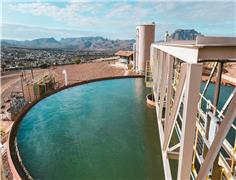
A Native American group has asked all members of a US appeals court on Monday to overturn an earlier ruling that granted ...
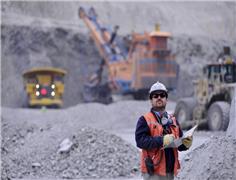
Codelco is exploring more partnerships with the private sector as Chile’s state copper behemoth looks to recover from a ...
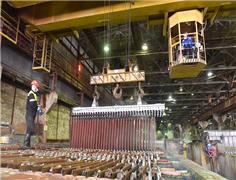
The London Metal Exchange (LME) on Saturday banned from its system Russian metal produced on or after April 13 to comply ...
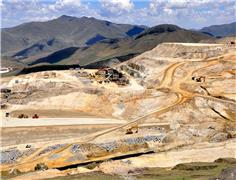
Peru’s Las Bambas copper mine, owned by China’s MMG, is facing renewed blockades of a key transport route after failed ...
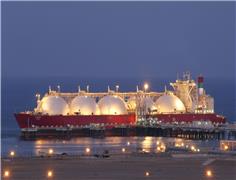
Vitol Group confirmed that it’s starting to rebuild a trading book for metals after a long stint out of the market, with ...

Chinese investors are snapping up stocks tied to high-flying metals from copper to gold, aiding an onshore market facing ...
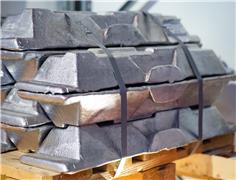
Vietnam’s top miner Vinacomin plans to invest 182 trillion dong ($7.3 billion) to ramp up its alumina-aluminum ...
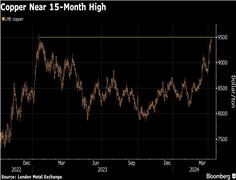
Copper traded near a 15-month high as supply concerns and brighter demand prospects triggered a slew of bullish calls on ...
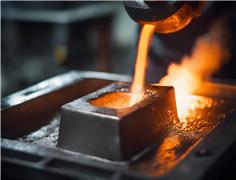
Copper jumped to its highest intraday price since January 2023 as the bellwether industrial metal faces rising tighter ...
No comments have been posted yet ...